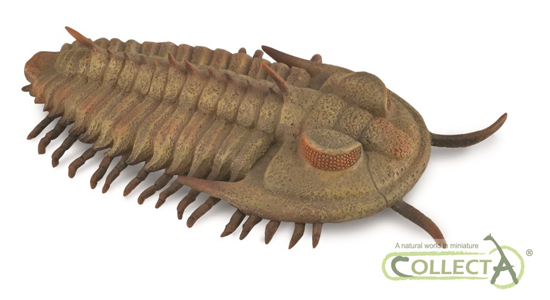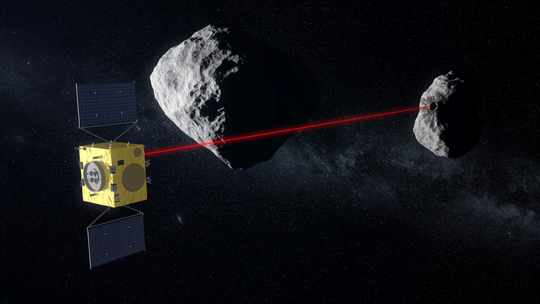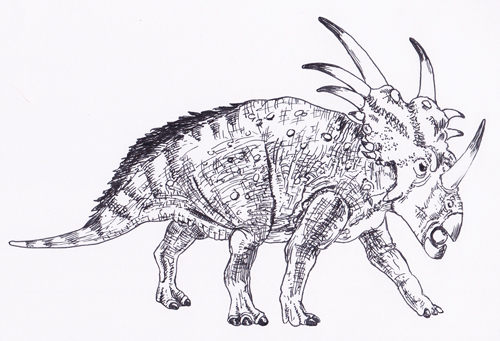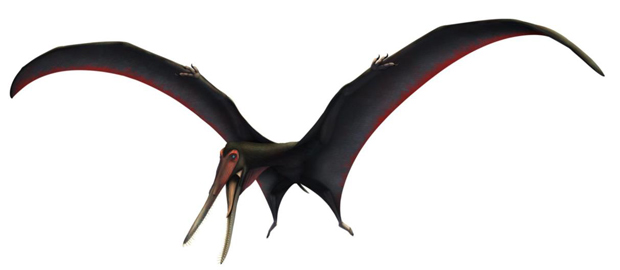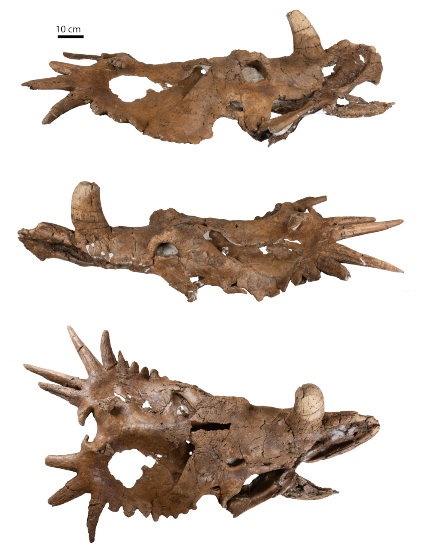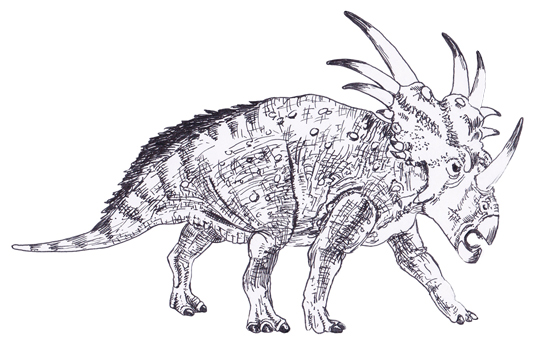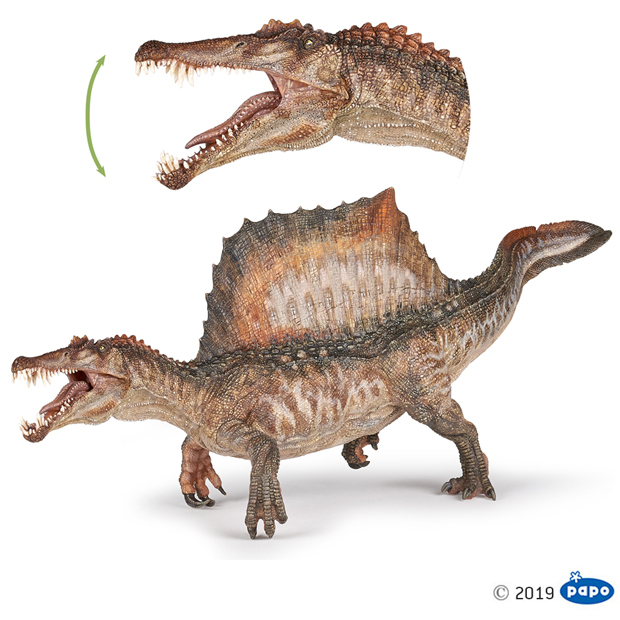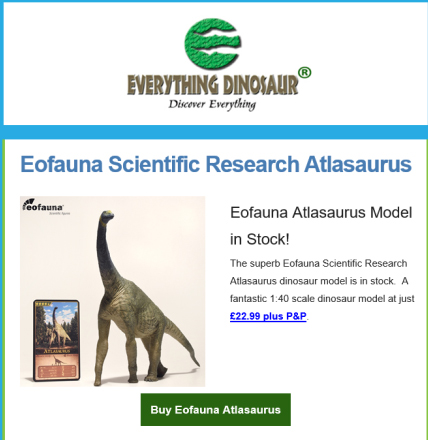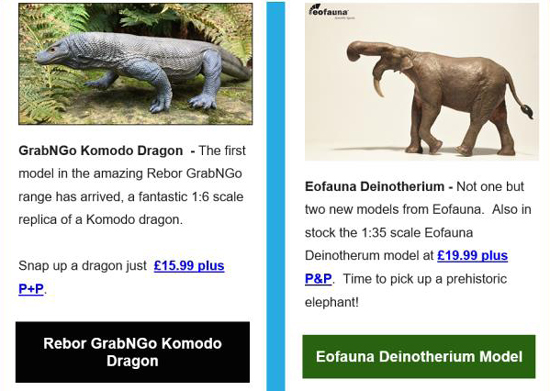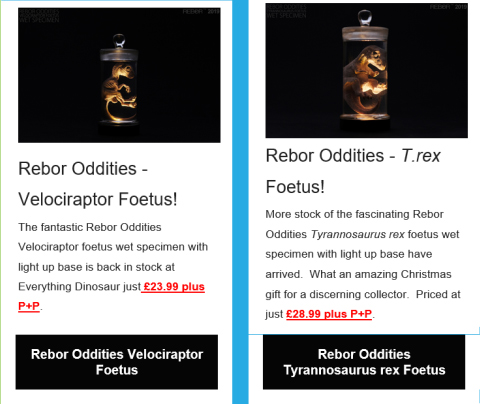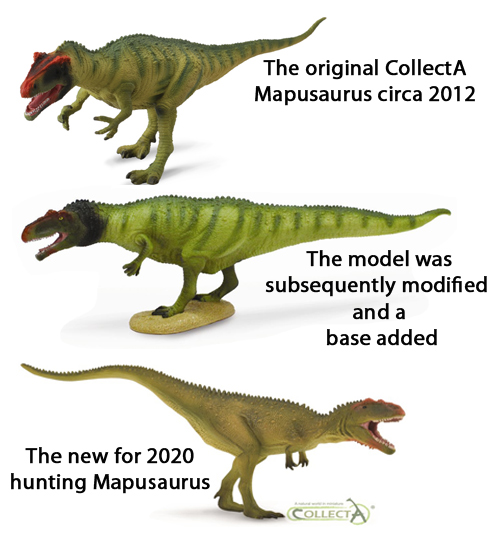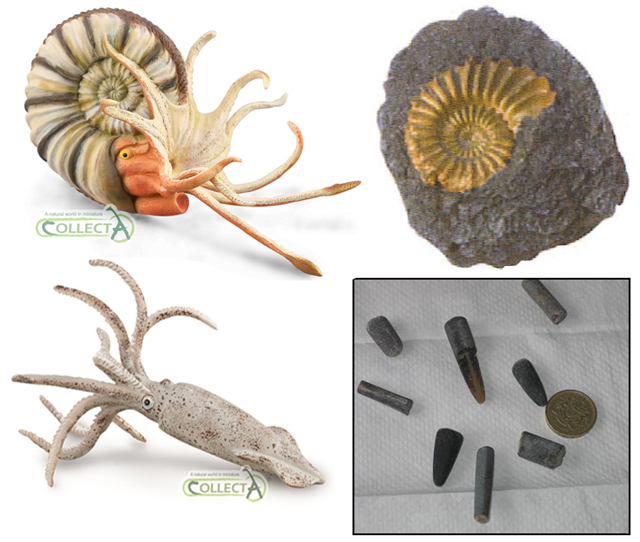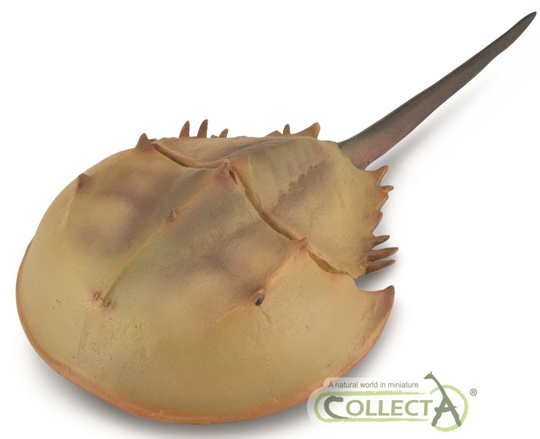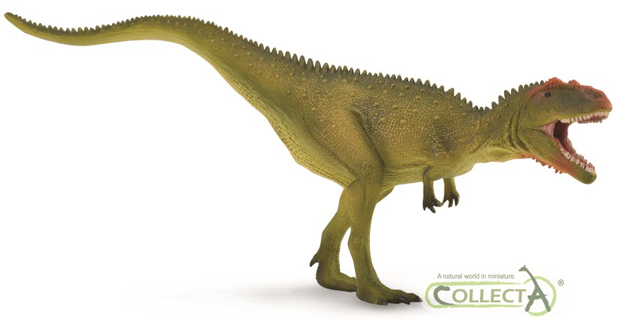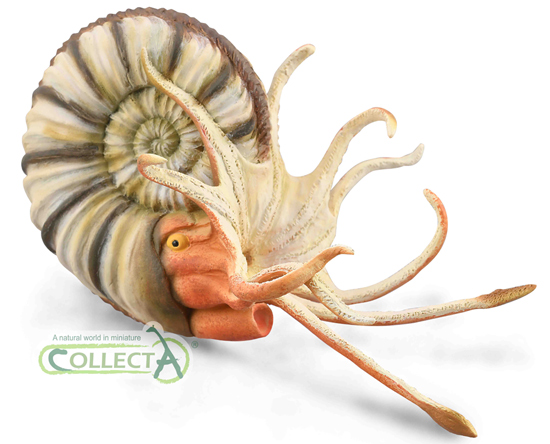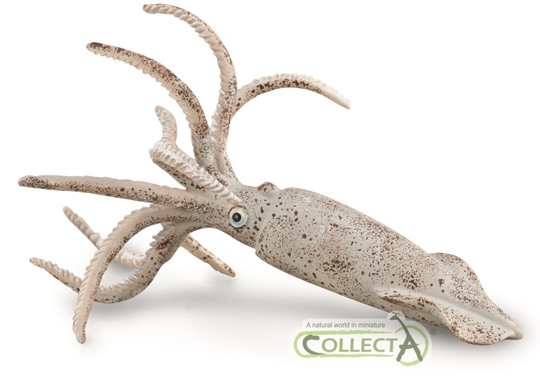A Guide to the New CollectA Models (Part 5)
A Guide to the New CollectA Models (Part 5)
Yesterday, Everything Dinosaur in collaboration with CollectA, announced the final five prehistoric animal models to be introduced by CollectA next year (2020). These figures include three invertebrates (two cephalopods and an arthropod), plus a bizarre pterosaur, one of the strangest of all the flying reptiles and a new colour variant of the popular rearing Diplodocus replica.
As with previous CollectA releases, we have produced a short video in which we discuss these five models in a little more detail.
A Quick Video Guide to the New CollectA Prehistoric Animal Models (Fifth and Final Part)
Video credit: Everything Dinosaur
CollectA Deluxe (Supreme) Caviramus Model in 1:2 Scale
The Pterosauria were the first vertebrates to master powered flight. These flying reptiles which have no close living relatives, were very strange animals, perhaps the most bizarre of all were the “campylognathoidids” – pronounced cam-pea-low-gnath-oi-dids, which are known from Upper Triassic and Lower Jurassic strata.
Several genera have been assigned including Caviramus, but scientists are not sure where these types of pterosaurs fit into the Pterosauria family tree and indeed, how the genera within the Campylognathoididae family (also referred to as the Raeticodactylidae), are related to each other remains uncertain. All the fossil material known comes from northern Europe with one species described from Greenland. These were the first pterosaurs to demonstrate head crests as depicted on the CollectA Deluxe Supreme figure.
CollectA Have Four Pterosaurs in the CollectA Deluxe (Supreme) Model Range
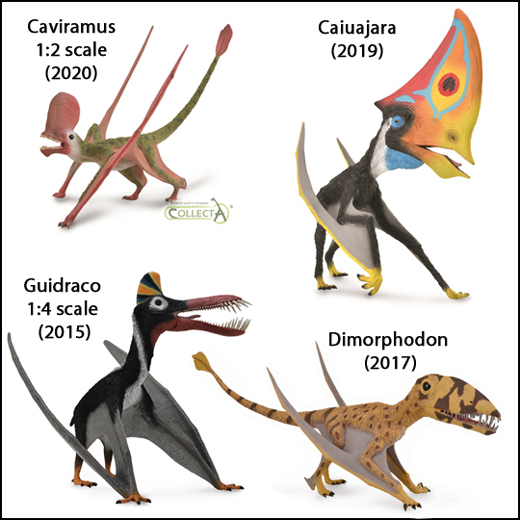
Picture credit: Everything Dinosaur
Caviramus (also referred to as Raeticodactylus), comes from Switzerland. It had large eyes, a curved lower jaw, that is reminiscent of these types of pterosaurs (the name campylognathoidid – is from the Latin for curved jaw), proportionately long legs and slender wings. Caviramus, with a wingspan of around 1.35 metres, is one of the largest representatives of this bizarre group.
The CollectA Deluxe Caviramus model measures around 32 cm long, it is referred to as a 1:2 scale model. The narrow jaw with its deep keel at the front, was lined by an assortment of teeth of several different shapes and sizes. What Caviramus ate remains a mystery but studies of the skull and jaws suggest that for such a small animal, it had a very powerful bite. Fittingly, this new for 2020 CollectA model will have an articulated lower jaw.
Amazing Arthropods and Cool Cephalopods
In line with CollectA’s policy of introducing more creatures from the Palaeozoic, a superb replica of a trilobite has been added to the range. Redlichia rex was only formally named and described earlier this year and it is the largest species of trilobite known from Australia to date. To read more about the Cambrian predator Redlichia rex: “King” of the Trilobites Discovered in Australia.
Two cool representatives of the Cephalopoda are also due out in the middle of 2020. Both are nektonic and predatory, but they herald from very different parts of the extensive cephalopod timeline. Nautilus pompilius can be traced back to the Pleistocene Epoch, whereas, the much larger and far more ancient Orthoceras is associated with the Ordovician-aged Baltic Sea limestones of Sweden.
All three of these beautifully sculpted replicas will be in stock at Everything Dinosaur by mid 2020.
One Trilobite (Arthropoda) and Two Cephalopods (N. pompilius and Orthoceras)
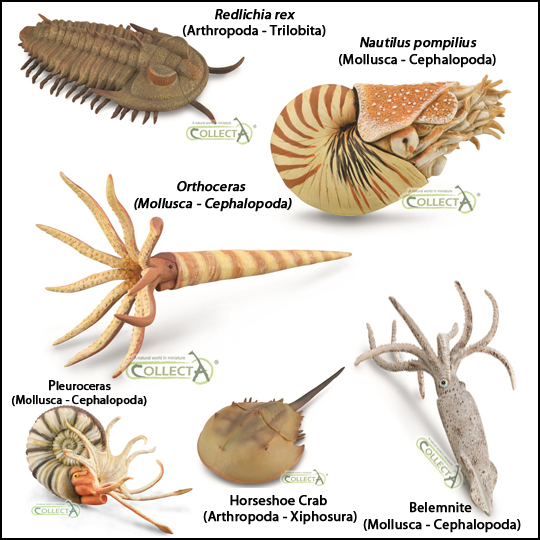
Picture Credit: Everything Dinosaur
CollectA Diplodocus – Grey
The final figure to be announced was the new rearing Diplodocus grey colour variant, which is due to be in stock at Everything Dinosaur early next year. At this time, Everything Dinosaur team members are not sure whether this figure will replace the original rearing Diplodocus model that came out in 2013. Naturally, if we receive information about model retirements from the CollectA ranges we will post this information up onto this blog and our other social media platforms.
A Pair of Diplodocus Models from CollectA – Age of Dinosaurs Popular Size
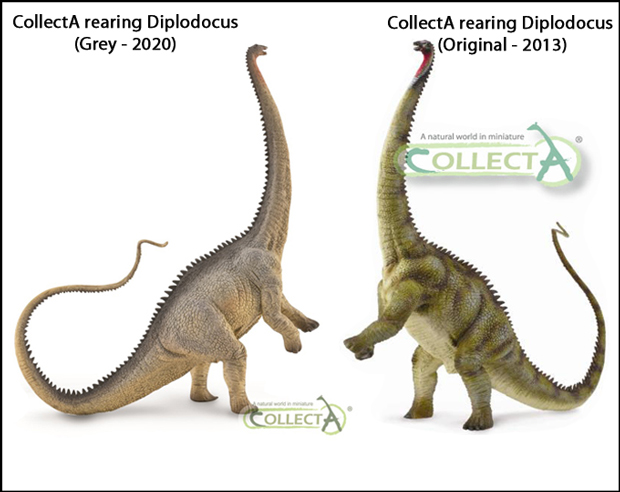
Picture Credit: Everything Dinosaur
For the time being, Everything Dinosaur still has stocks of the original CollectA rearing Diplodocus model: CollectA Prehistoric Life Models.
In summary, CollectA will introduce a total of eighteen new prehistoric animal models in 2020. Some of these figures will be available in early 2020, the rest should be in stock by the middle of the year.
To read our earlier article announcing the five new models discussed in our video review: New CollectA Prehistoric Animal Models (Part 5- Final).
The user-friendly Everything Dinosaur website: Everything Dinosaur.



